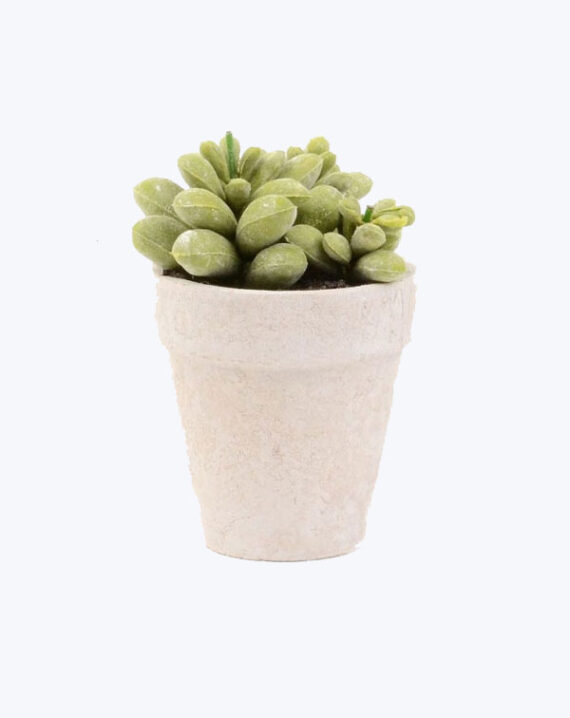Welcome to Beeplants
Size
Ultimate height
100
Ultimate spread
50 cm
Growing conditions
Moist but well–drained soil
| Stem | Flower | Foliage | Fruit | |
| Spring | ||||
|---|---|---|---|---|
| Summer |

Lilac
|

Green
|
||
| Autumn |

Lilac
|

Green
|
||
| Winter |
Position
 Full sun
Full sun
Botanical details
WildLife
Additional information
resistant to mildew
Suitable for containers
Yes
Drought tolerant
No
This Aster variety is a strong perennial for your garden with large soft lilac daisy-like flowers with a bright yellow center. Flowers emerge in early summer right until late autumn and are longlasting as a cut flower.
Related products
This herbaceous perennial grows up to 90cm tall and has very delicate blue cornflower-like flowers that grow continuously from early to late summer. The flowers grow on a long thin stem with neat grass-like leaves. For a better display, we recommend planting a minimum of three plants close together to make up for the sparse foliage.
Oversized lavender-coloured feathery flowers with a sweet scent that grow tall over grey-green foliage. The plant flowers all throughout summer and early autumn. The flowers are great for cutting or drying. We don’t recommend feeding these flowers, because this would encourge leaf growth instead of flowers.
Tall blue flower spikes sit on a bed of yellow-green scented foliage. The flower spikes can reach up to 90cm and attract pollinators with their sweet fragrance. Flowers appear in mid-summer which makes thnis plant perfect for adding colour to your garden for later in the season. Agastache can be planted in containers for the first season and then be planted into your garden border for the following seasons.
Gaillardia “Arizona Apricot” is a compact perennial that grows up to 30cm high and bears large, daisy-like flowers in shades of orange and apricot from early summer. This plant can cope well in drought.










Reviews
There are no reviews yet.